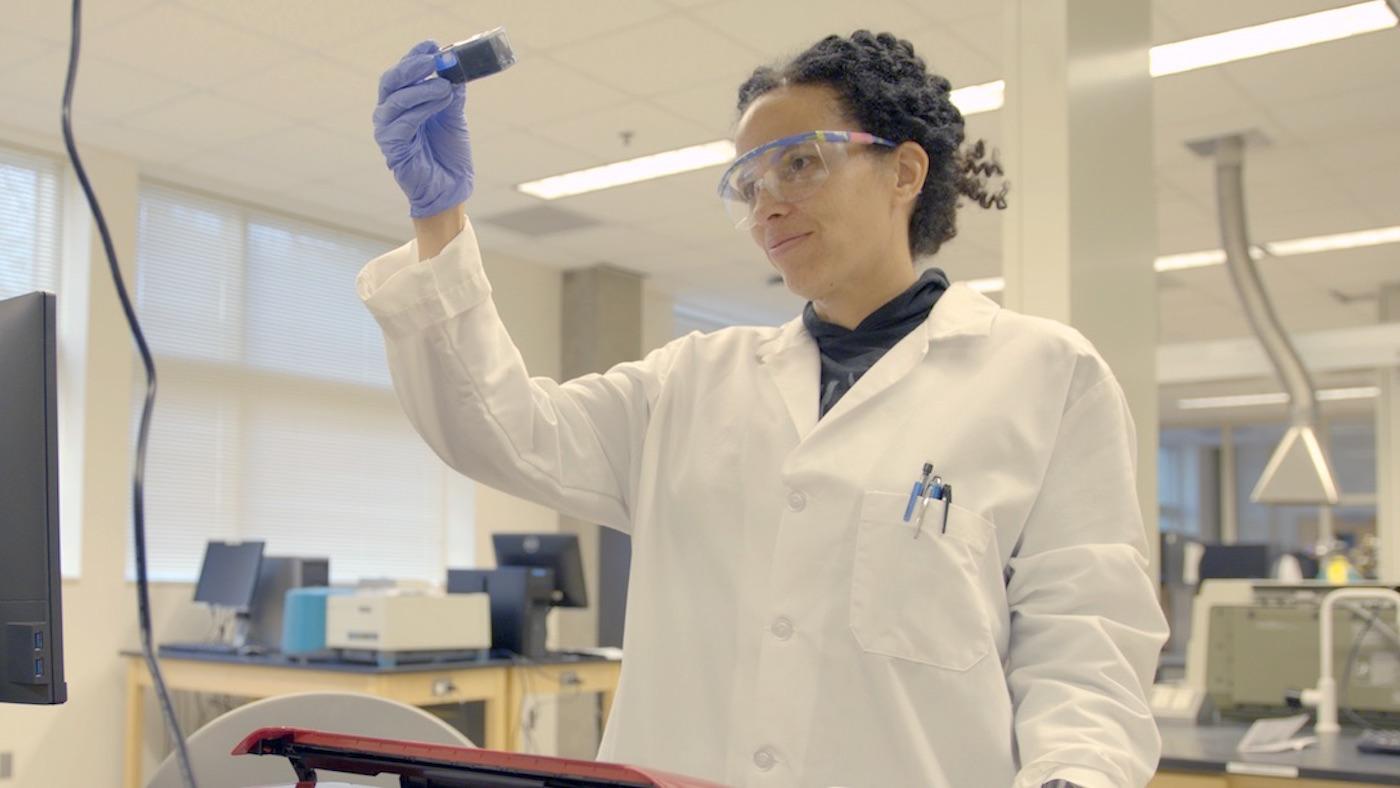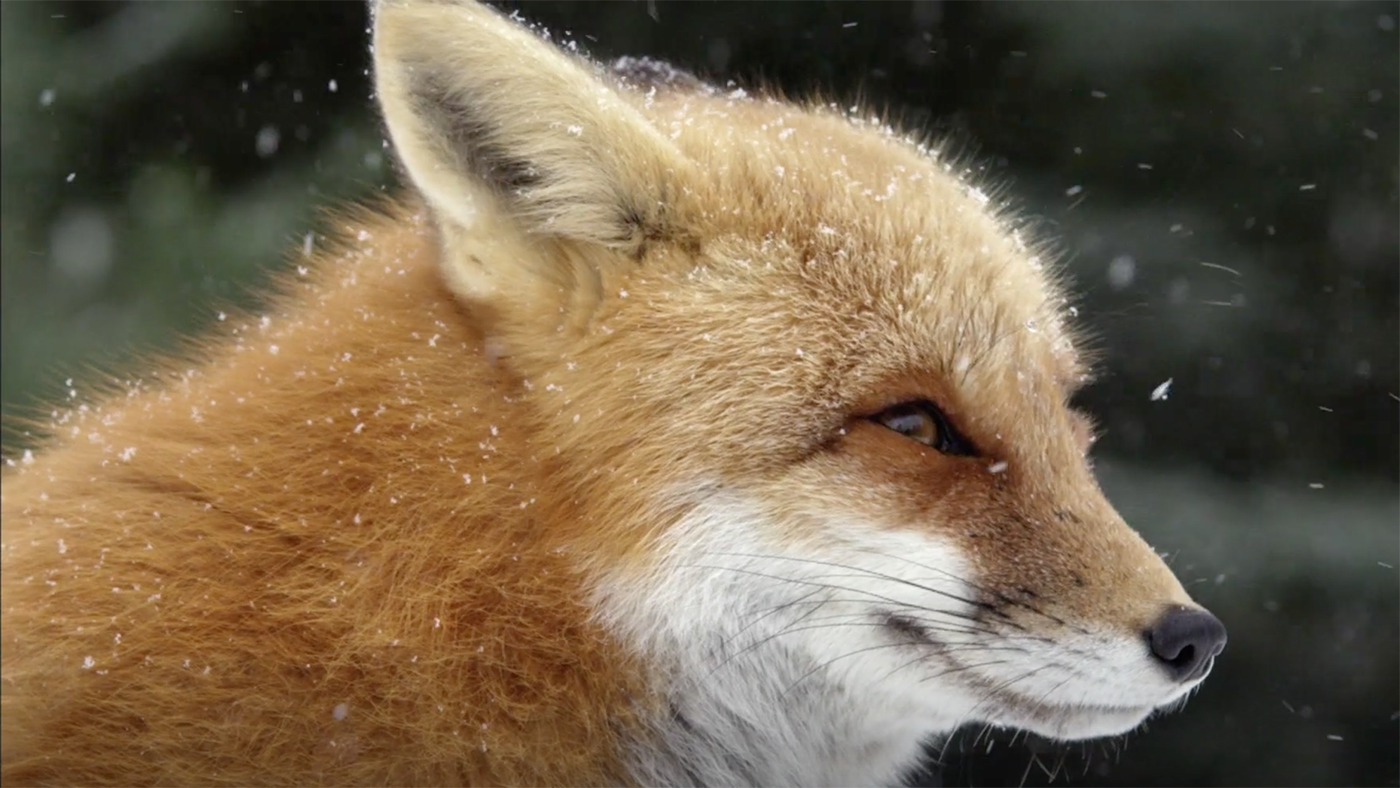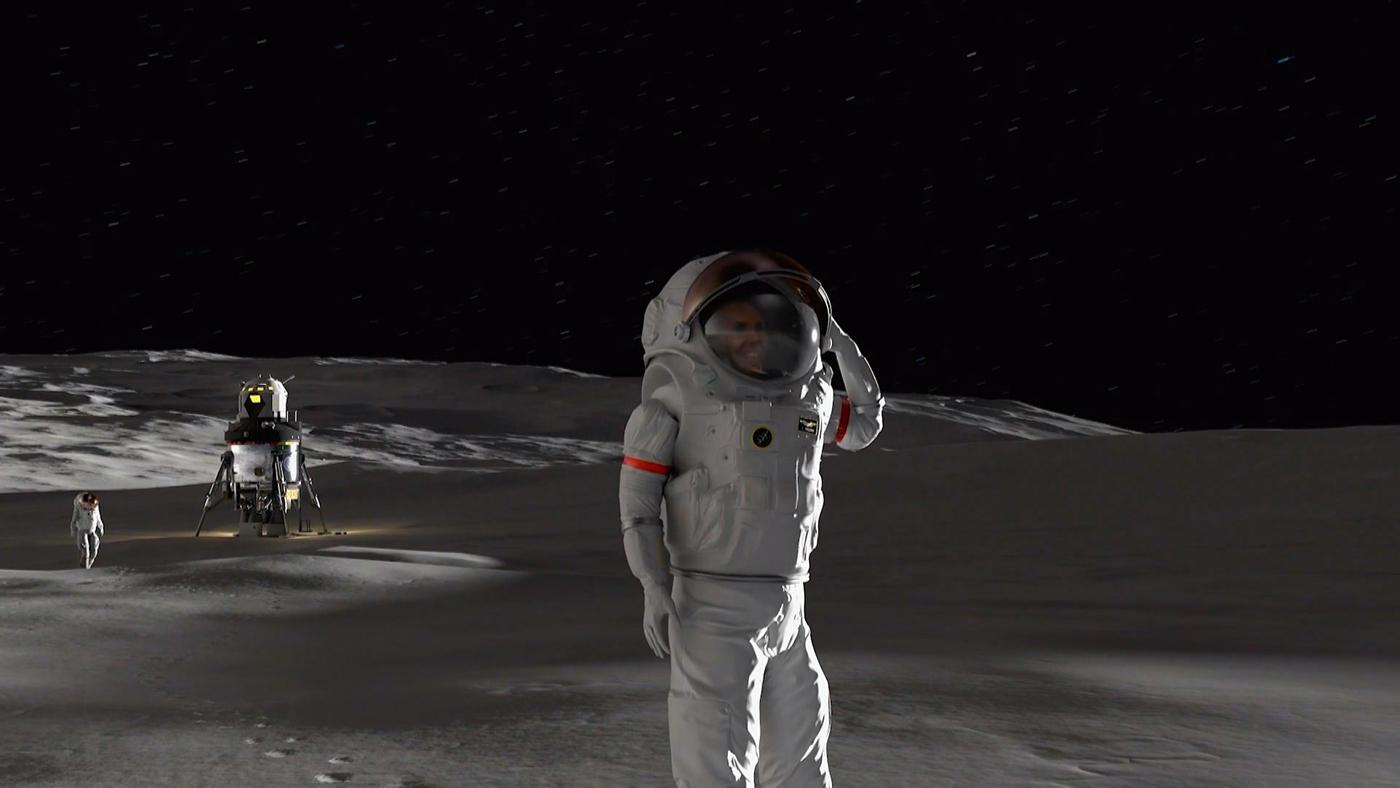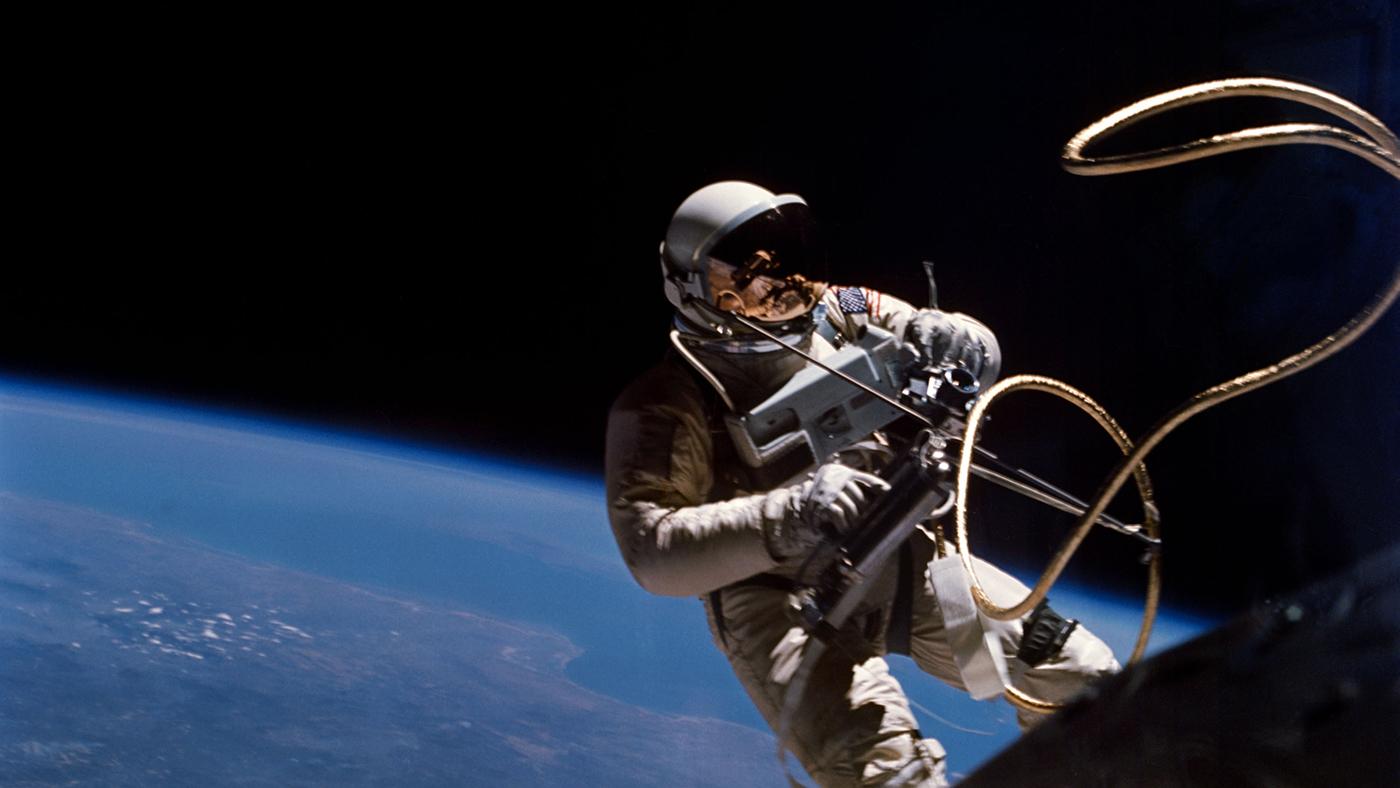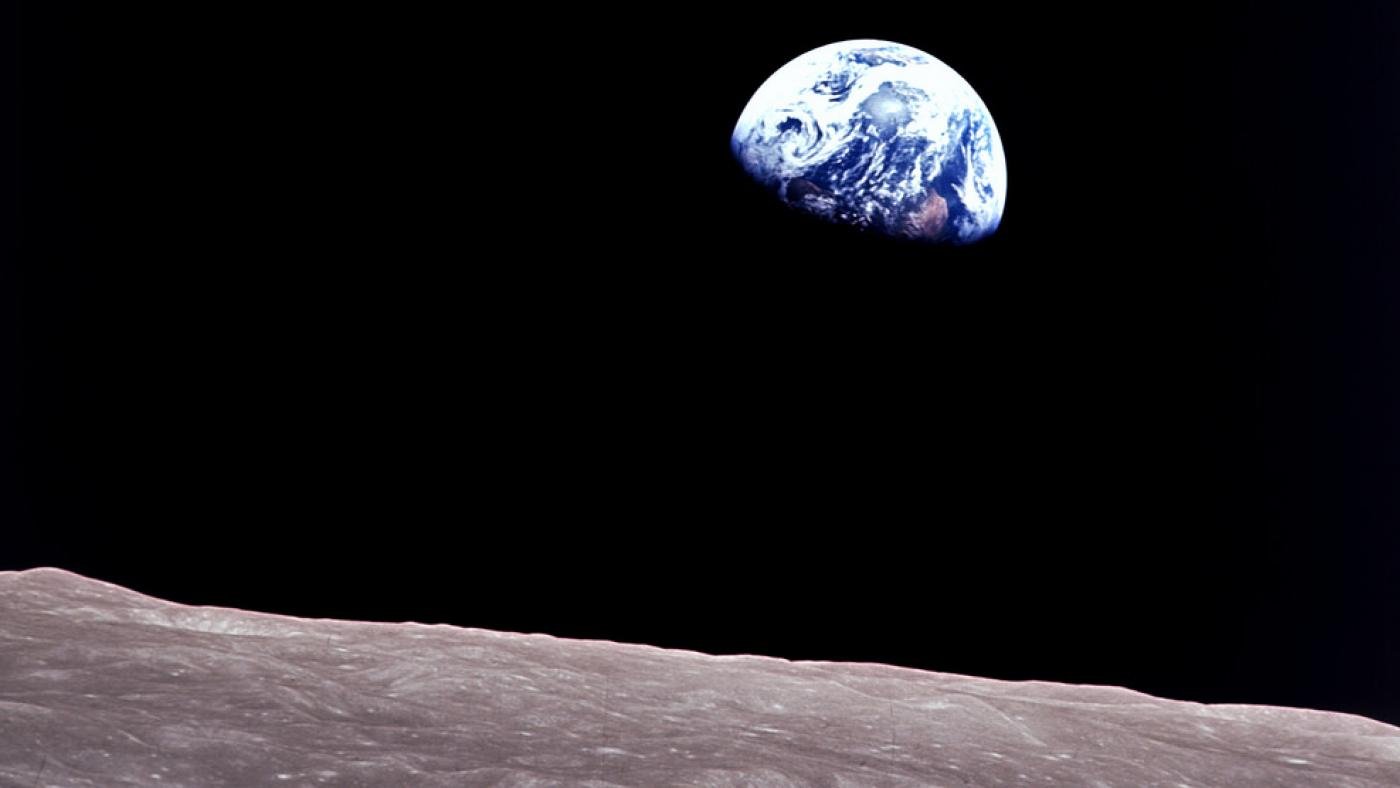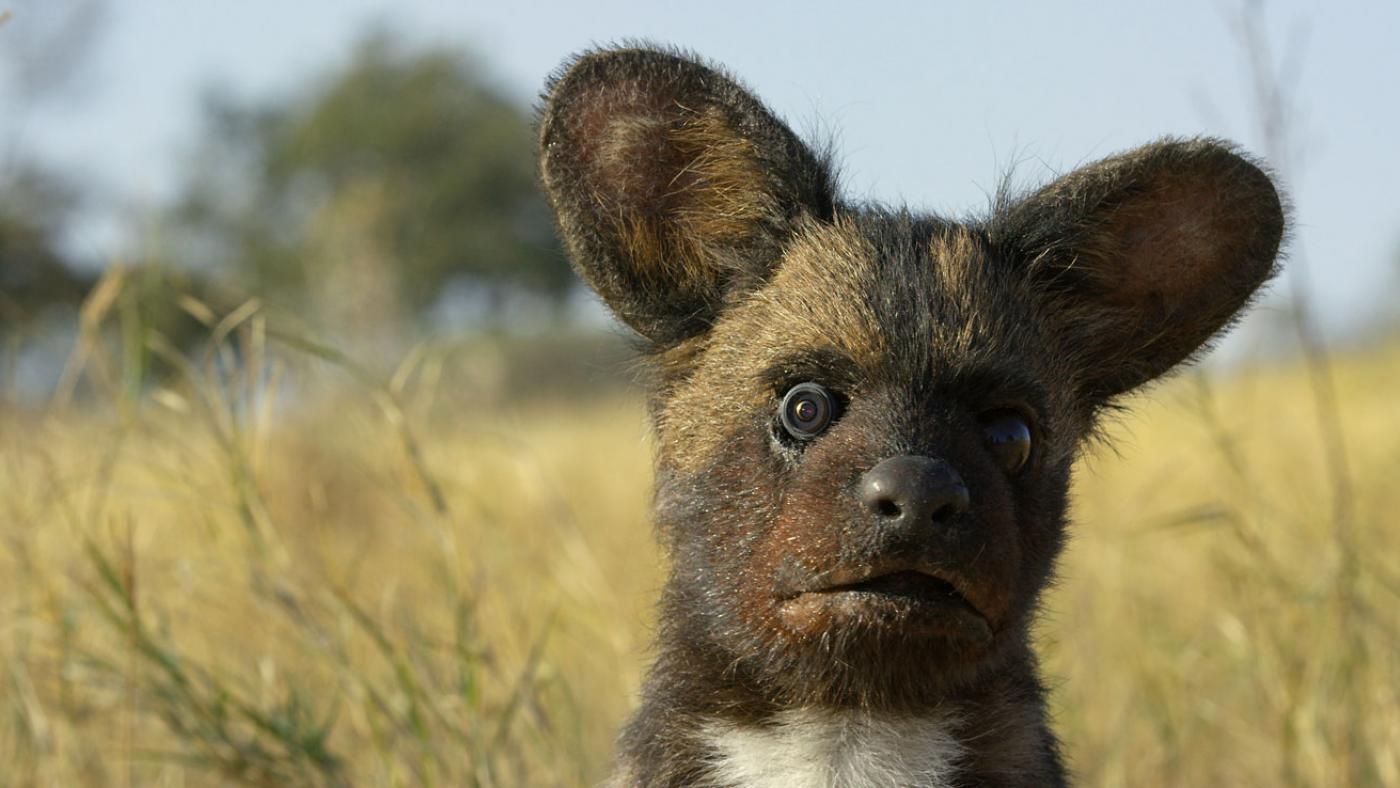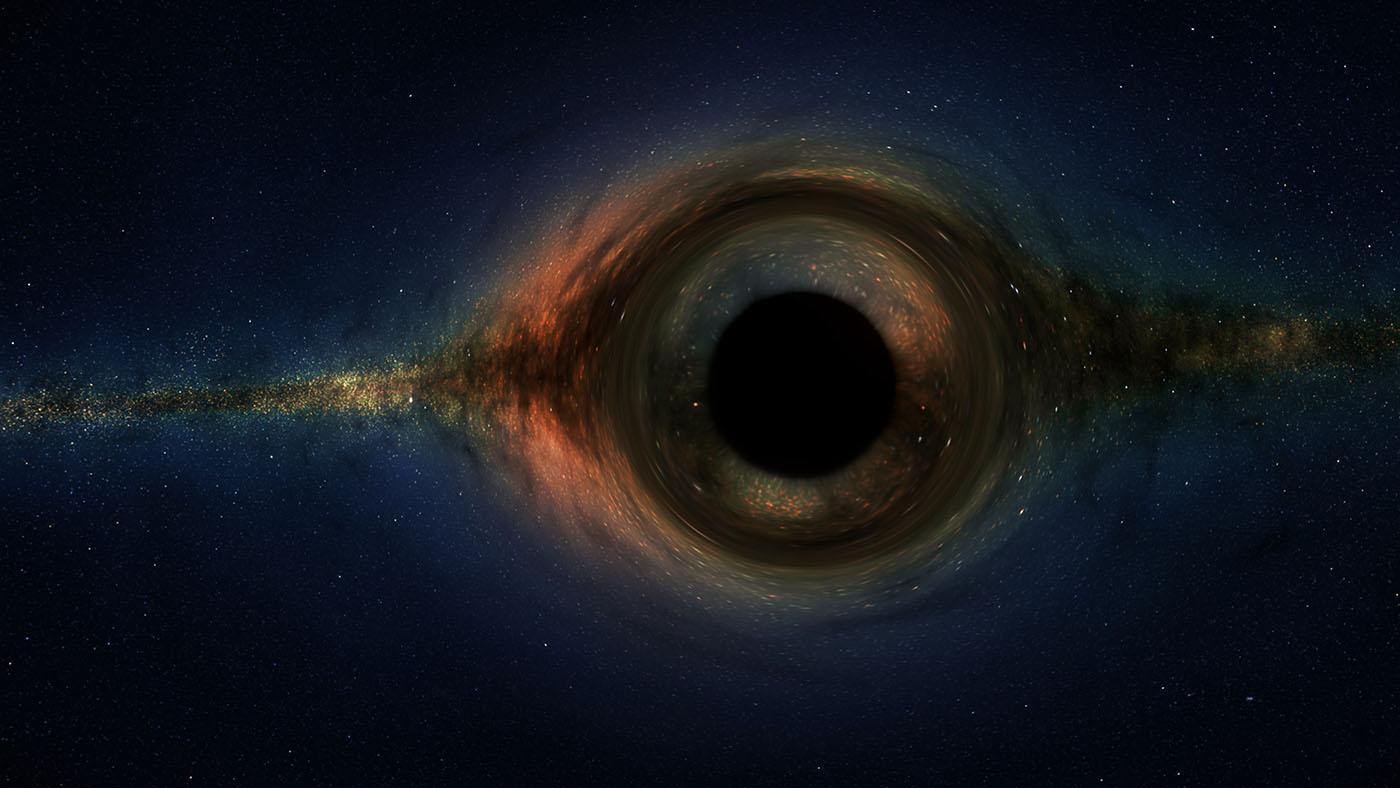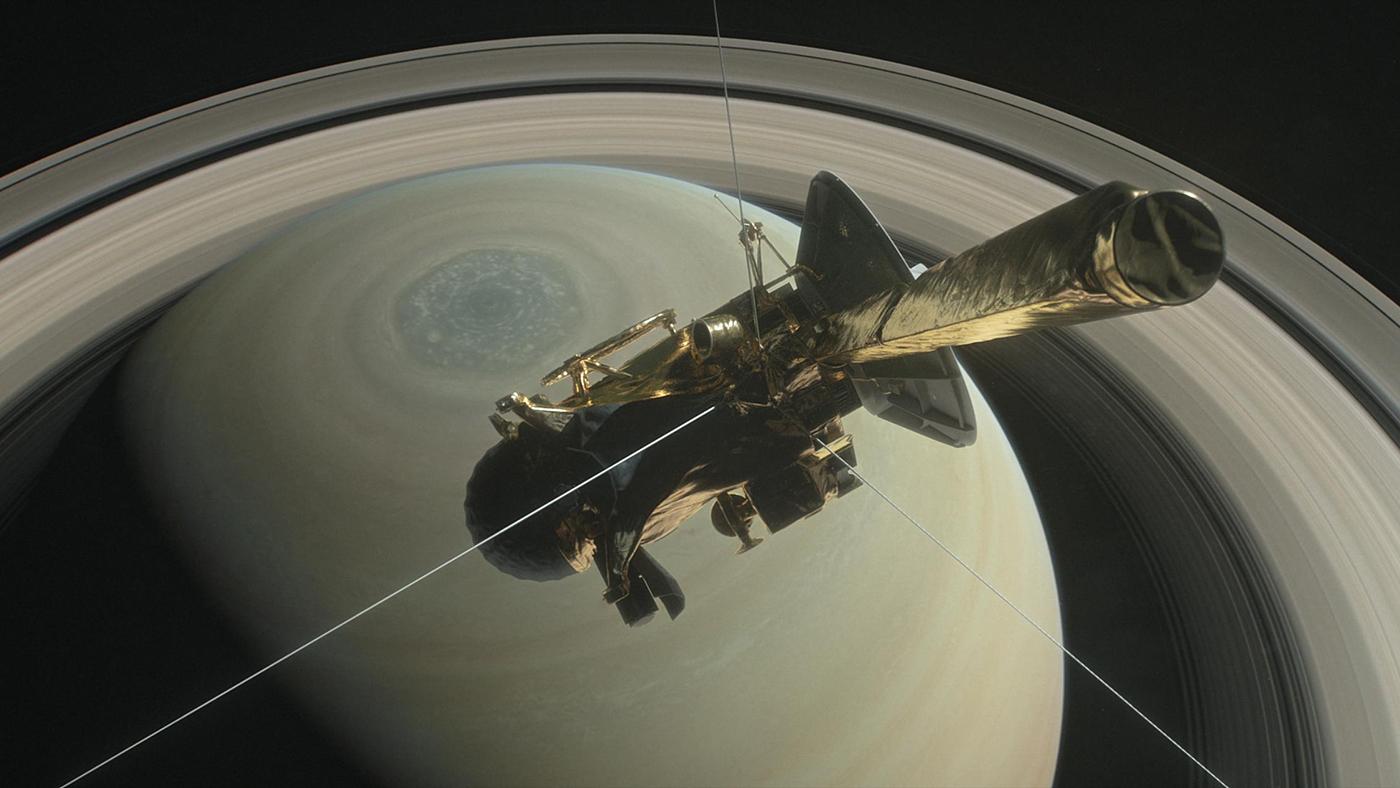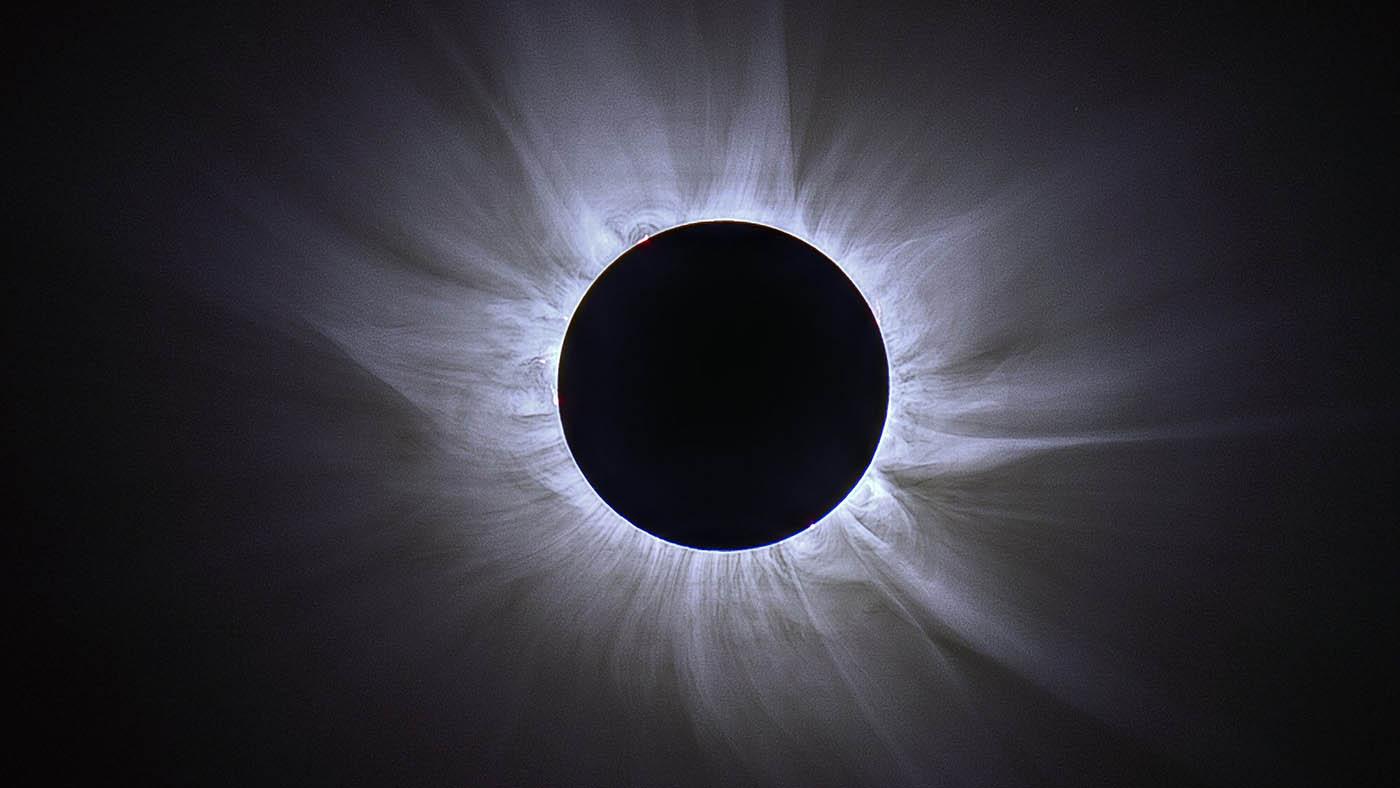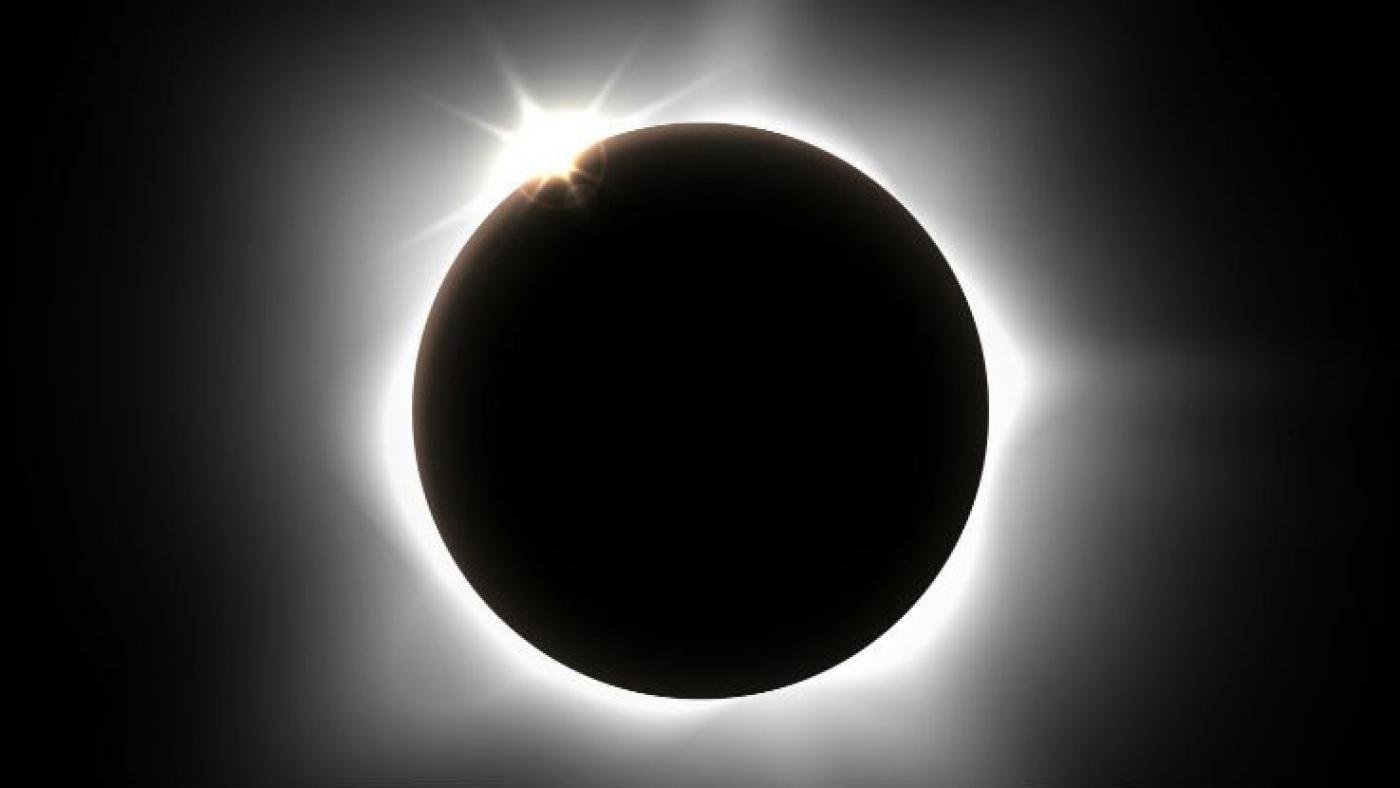“I do think that A.I. has great potential to give us more than it might take away, if we just get ahead of this and have a conversation and be reasonable about its usage,” says the journalist behind a new NOVA.
Playlist nova
nova
'NOVA' Explains Cryptocurrency and Examines Its Possibilities
Daniel Hautzinger"Crypto is something that nearly everyone has heard of," says the producer of a new NOVA on cryptocurrency and blockchain, "and yet at the same time, essentially no one understands it."
'Ten Simple Rules' to Make Science More Inclusive
Daniel HautzingerWomen and people of color are severely underrepresented in STEM fields and face additional challenges. Last year, a DePaul University environmental scientist co-wrote a paper with suggestions on how to broaden participation in STEM amongst underrepresented groups.
10 Science Shows to Stream from NOVA and Nature
Meredith FrancisTap into your scientific side with shows from Nature and Nova with ten shows you can stream for free.
A New Era of Lunar Exploration and Possibility
Daniel HautzingerFifty years after the first lunar landing, there's a new wave of interest in returning to the moon and utilizing its resources, as China, India, and Japan amp up their space programs and NASA starts turning towards private companies to achieve its own ambitious goals.
Our Summer of Space Celebrates the 50th Anniversary of the Lunar Landing
Daniel HautzingerFifty years ago, on July 20, 1969, humans landed on the moon for the first time. To celebrate that epochal achievement, we have a whole lineup of space-themed programming this summer. Get a preview of our new Summer of Space programming here!
The First Time Humans Orbited the Moon
Daniel HautzingerOn Christmas Eve of 1968, the three astronauts of Apollo 8 read from the Bible while broadcasting images of the moon from closer than any person had ever been. Not only was it the first manned spacecraft to orbit the moon, it also gave us one of the most iconic images ever.
The Inner Life of Man's Best Friend
Daniel HautzingerThey may be our closest animal companions, but how much do we really know about them? Discover whether dogs dream, how intelligent they are, what their attachment to humans is, how well they understand us, and why they sometimes eat their own poop.
'NOVA Wonders' About Science's Unanswered Questions
Daniel HautzingerNOVA usually focuses on questions scientists know the answers to, but the new miniseries NOVA Wonders asks the questions we don’t fully understand: what is dark matter? Is there extraterrestrial life? Can build a truly intelligent artifical intelligence?
Curving Spacetime: Mind-Boggling Facts about Black Holes
Daniel HautzingerThey're a curvature in spacetime that even light can't escape; an object sucked into one is crushed into an infinite density. We haven't been able to see them, but we can hear them, in a sense. Learn more confounding information about these enigmas of space.
The Stories Behind PBS Shows
Daniel Hautzinger50 years ago, President Lyndon B. Johnson created a federally funded public broadcasting system to "enrich man's spirit." PBS has produced a wide range of programs since then. Learn a little bit about the history of some of your favorites.
Eight Mind-Expanding Discoveries Made by NASA's Cassini Mission
Daniel HautzingerNASA's Cassini spacecraft has been orbiting Saturn for thirteen years, gathering data about the planet, its many unique moons, and its mysterious rings. Now it is poised to make a final dive into the planet's atmosphere. What have scientists learned from this extraordinary mission?
Test Your Solar Eclipse Knowledge
Daniel HautzingerDid you watch the solar eclipse yesterday? Test your knowledge of the 2017 eclipse and general solar eclipse knowledge here, as you bask in the afterglow of the amazing event.
Watching the Eclipse Across America
Daniel HautzingerIt's been almost four decades since the last one, and another won't happen until 2024: the first total solar eclipse to pass over the lower 48 states since 1979 is a big deal – you don't want to miss it. Find live feeds and other resources from PBS stations across the country.
The Solar Eclipse: Unlike Anything Else in the Sky
Daniel HautzingerOn August 21, the first total solar eclipse since 1979 that can be seen in the lower 48 states will cross America. In Chicago, we'll see 87% of the sun covered. The Adler Planetarium shares tips and fun facts about eclipse: "Pictures don't do it justice."



